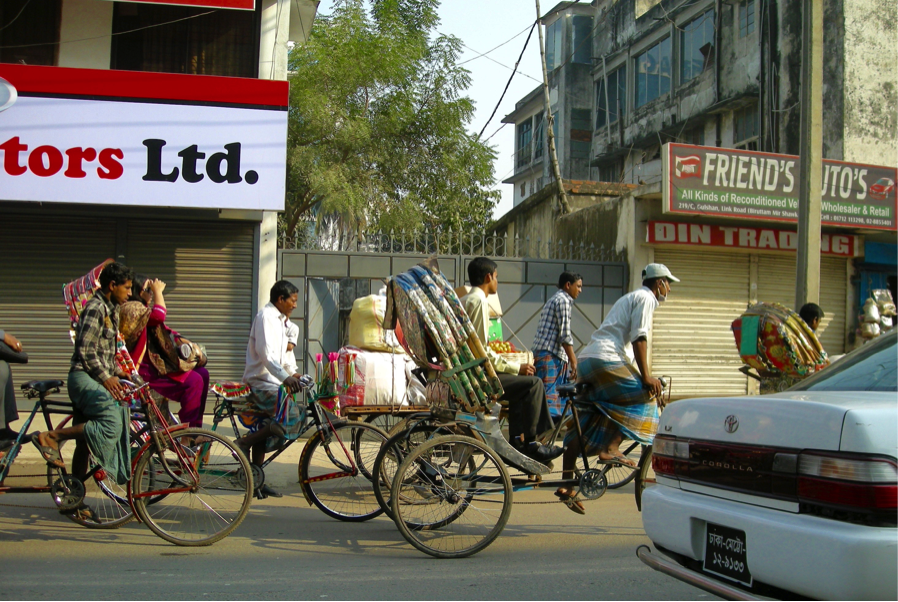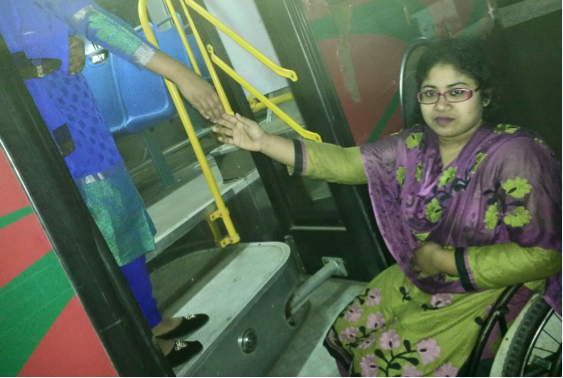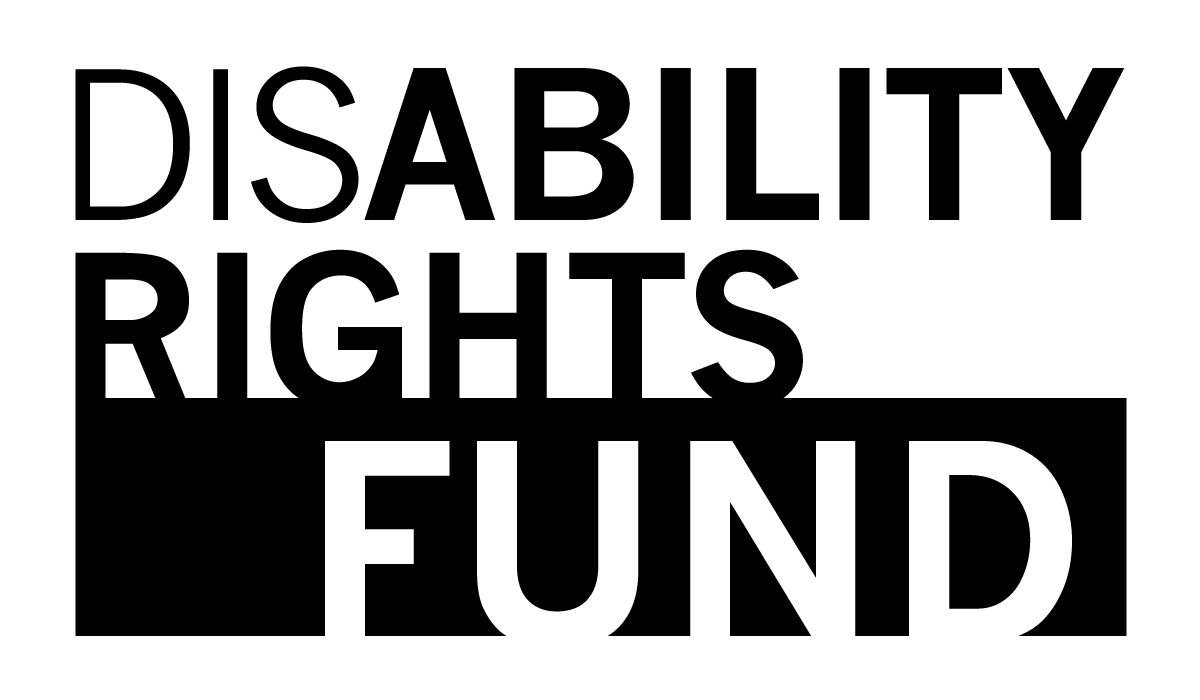
We press for accessibility for persons with disabilities, in accordance with the Convention on the Rights of Persons with Disabilities, which sees the failure to remove barriers to the full and equal participation of persons with disabilities as a manifestation of discrimination.
Remarks by Zeid Ra’ad Al Hussein, UN High Commissioner for Human Rights
Dhaka, the capital of Bangladesh, is the city with the highest population growth in the world. Persons with disabilities who live in poverty or in urban slums must cope with treacherous footpaths, non-existent sidewalks, crowded roads, and inaccessible buildings. In addition, without accessible and affordable transport, they are less likely to go to work, schools, or health facilities.
Women with disabilities are particularly at risk of abuse or harassment. Misti Ashrafun, the Executive Director of Women with Disabilities Development Foundation (WDDF), described the situation, “Many people are crammed into the bus and there is no space for wheelchairs, even if we had accessible buses. Women with disabilities can’t travel alone like men do. They’re reluctant to accept help from others because of our culture and security concerns. In a public bus, a girl who is visually or hearing impaired may be touched inappropriately by a man. She can’t identify the abuser and suffers in silence. In a situation where a women is experiencing violence in her home, she may not be able to flee a dangerous situation, sending her further into isolation.”
Both the Convention on the Rights of Persons with Disabilities Article 9 – Accessibility and the Sustainable Development Goal 11 emphasize the rights of persons with disabilities to accessible transport systems and buildings.
A new report, Disability Considerations for Infrastructure Programmes1, lists the factors that contribute to the lack of accessibility in infrastructure:
- Inadequate knowledge: Decision makers often fail to understand the implications of decision making.
- Inadequate understanding: Decision makers are often removed from users and do not have an appreciation of challenges, risks, or local context faced by people with disabilities to develop an appropriate solution.
- Lack of user input: people with disabilities and reduced mobility are often not involved in the design, planning, and implementation process [of infrastructure projects].

The Women with Disabilities Development Foundation is one of the few advocacy organizations in Bangladesh led by a woman with a disability. With a grant from the Disability Rights Fund, this organization is advocating to the government of Bangladesh to promote an accessible environment in Dhaka, including:
- Increasing knowledge and understanding of the challenges to and rights-based solutions for accessibility. The organization will develop communication materials, including a short video that will educate all stakeholders, from persons with disabilities themselves to government planners.
- Advocating to government ministries and policy makers to incorporate accessibility into the Road and Transportation policy. Women with disabilities will voice their concerns to government for the planning and policies of new infrastructure.
- Conducting a national-level seminar and dialogues to raise awareness. With a heightened sense of awareness to the situation of women with disabilities, the organization seeks to facilitate collaborations with other women’s and disabled persons organizations.
To reduce poverty, improved access and mobility are important considerations. With accessible and affordable transport, persons with disabilities will have more opportunities to participate in economic and social life of their communities. Advocating for accessibility and improving social awareness are essential to empower persons with disabilities to live independently and to not be left behind.
1. Agarwal, A.; Steele, A. Disability Considerations for Infrastructure, UK (2016). http://dx.doi.org/10.12774/eod_hd.march2016.agarwaletal↩
